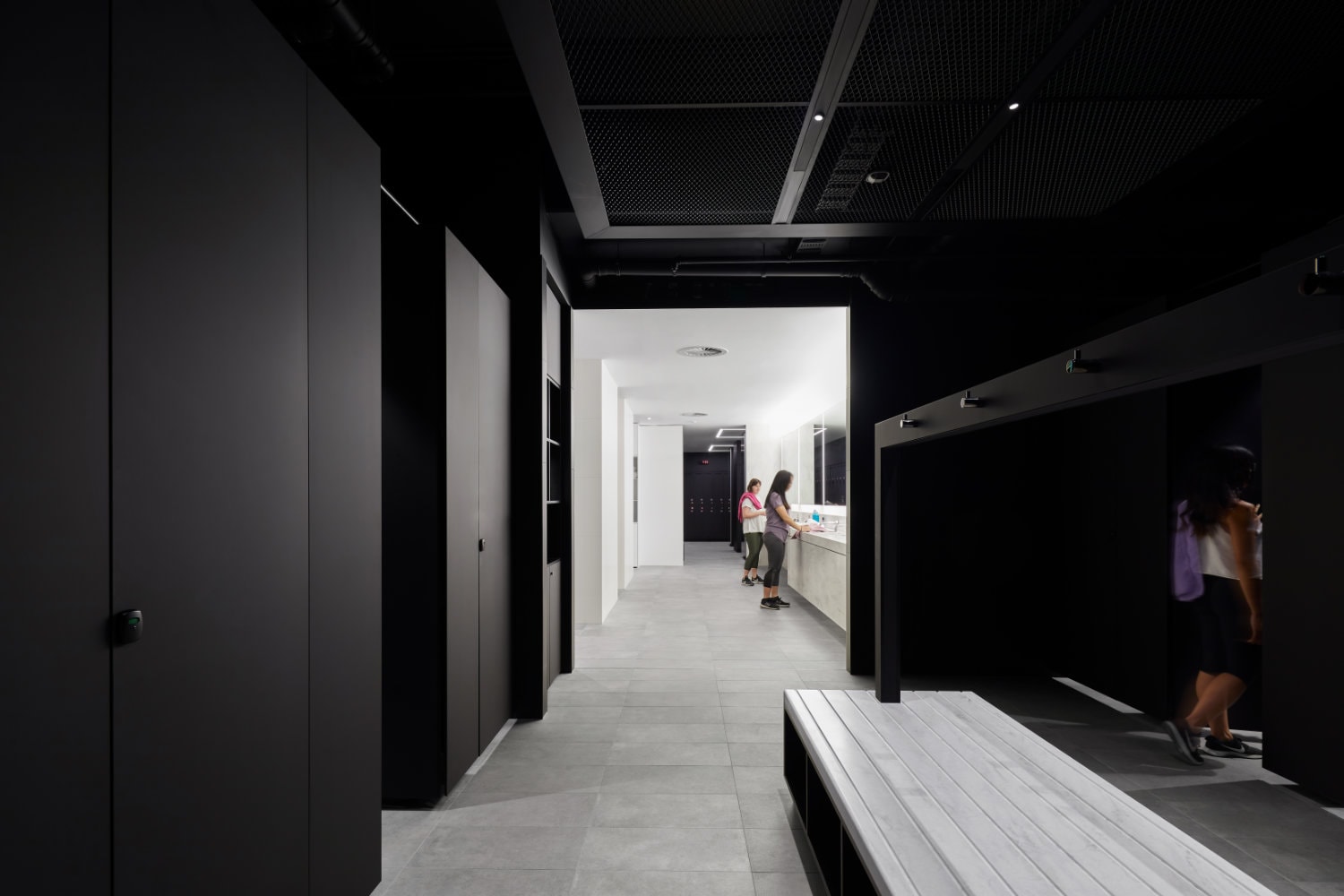Against the current background of outbreaks, snap lockdowns, constant travel uncertainty and a slowly developing vaccine programme, Australians are trying to return to a version of normal. ‘Normal’ and a ‘new normal’ are debatable tags; a quest for certainty and personal control might be the crux of their real ambition intrinsically linked to mental wellbeing.
There has been a huge development in the collective corporate understanding of health and wellbeing. Exercise used to be entirely separate to work, whilst mindfulness was unheard of. The breadth of offer and sheer scale of corporate end of trips and in house gyms has become a key tenant building selection criteria with the Fitbit wearing boards of some ASX:100 anchor tenants recently selecting ‘CBD edge’ buildings based on their proximity to major cycle routes. Programmes of easily definable wellness are broadly understood, helped enormously by the International Well standard promoting measures that tenants can embrace as opposed to the previous – largely base build centric – measurement tools. Providing healthy snacks and finding a space that can be used for lunchtime yoga classes are initiatives most organisations can commit to.
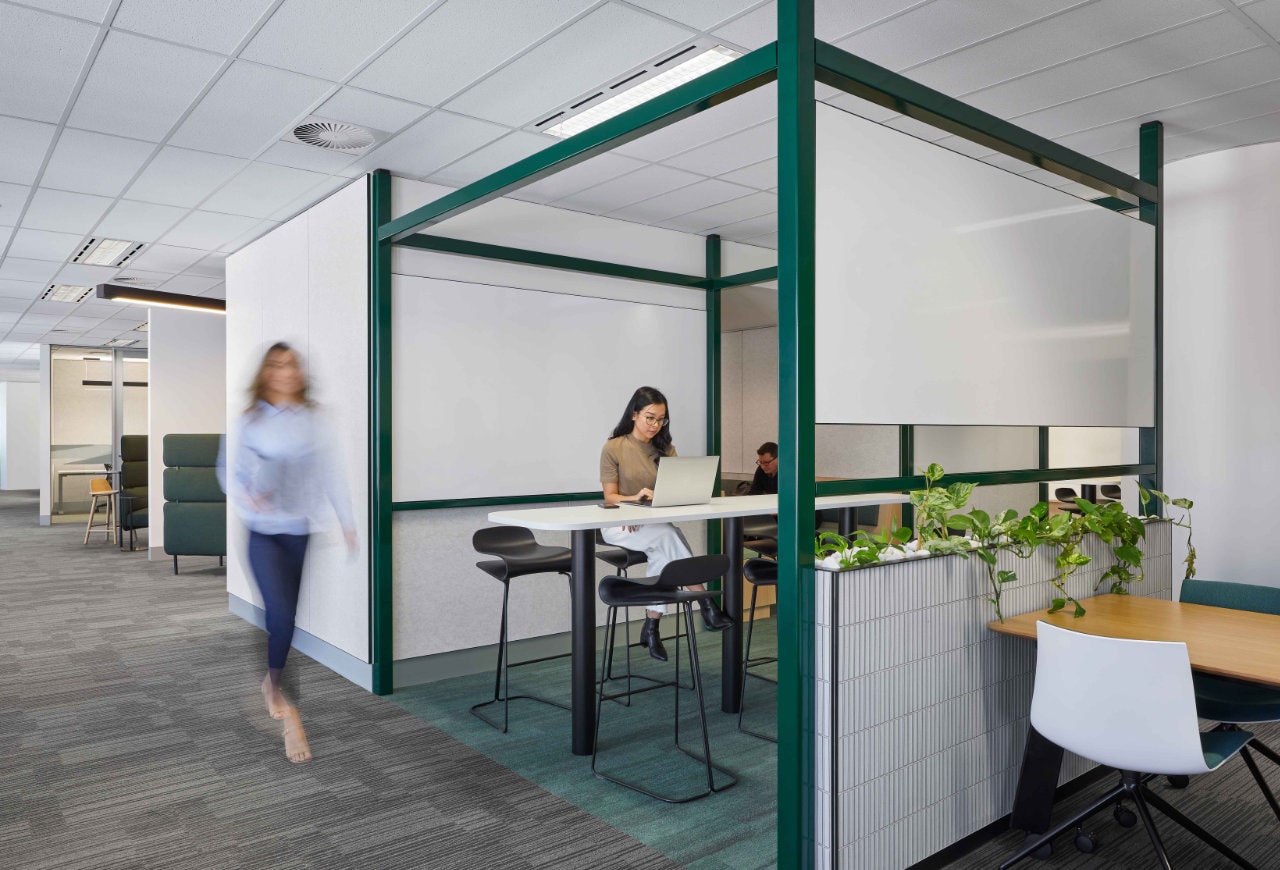
The New Normal
An increasingly acknowledged – and far harder to define – area is mental health and the sense of belonging in the current workplace. Corporate cultures have been severely challenged as the COVID experience has accelerated the trajectory of many growing concerns. These include the blurring of home and work, the support of and connection to family, the balance of focus and collaboration and the slow recognition and inclusion of introvert personalities.
Presence driven cultures have led to expectations of longer productive work hours and anytime/anywhere technologies have driven that expectation of accessibility and availability into every evening dinner and straight through the domestic front door. For some, working at home at odd hours led to working at home in usual hours and it had tangible benefits. It allowed focus away from noisy open-plan offices. It saved time when balancing the normal work location with any domestic appointment. It allowed parents to stretch across childcare and work and could be terrifically convenient. Not every company supported this shift that depended on mutual trust and output-based performance metrics.
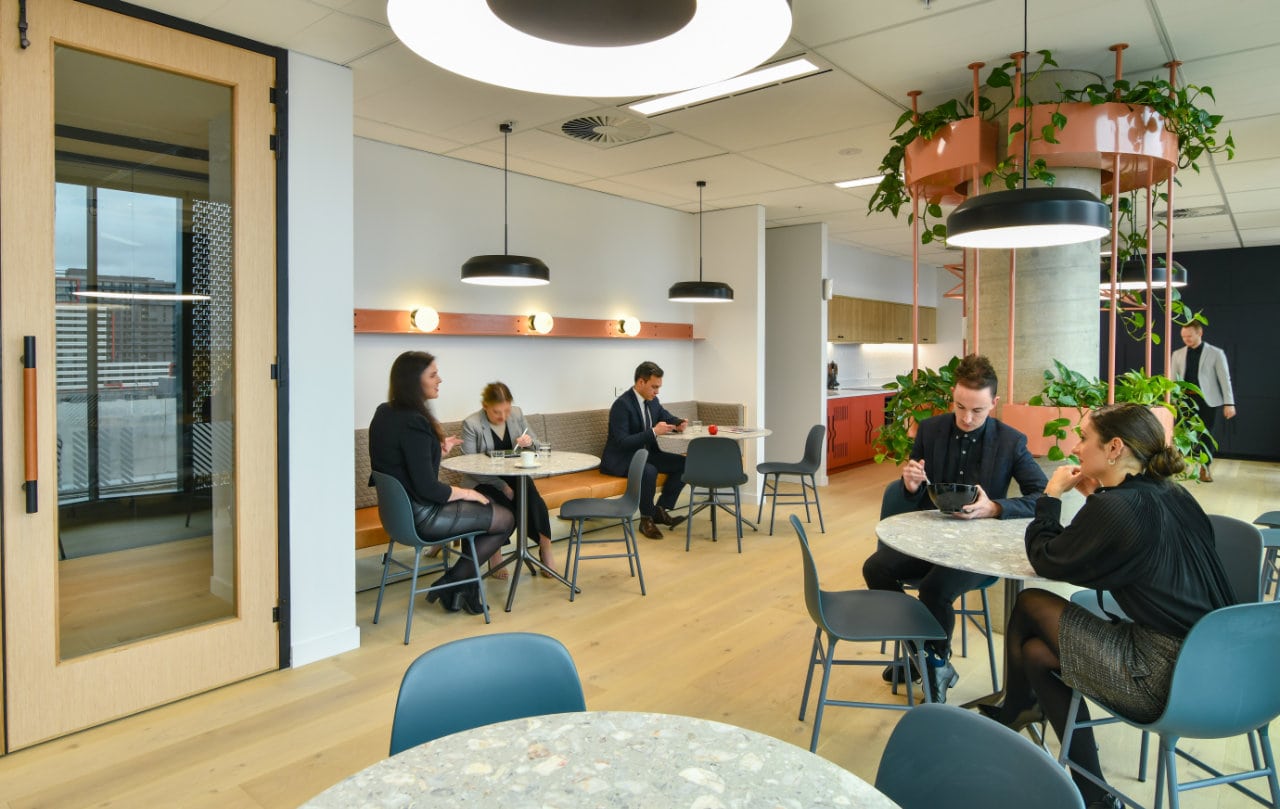
Designing for diversity
Parallel to this was growth in corporate understanding of gender diversity and the need to encourage and empower working mothers (and then parents/carers generally) returning to work with a steady increase in parents’ rooms to nurse babies. That became family rooms to entertain young children for an unexpected meeting, that became after school clubs and spaces to protect dependent elderly relatives temporarily.
Staying socially connected
COVID took these new and sometimes unusual moves and rocketed them into an accepted necessity. For many, locations of work changed, the physical threshold between work and home evaporated, for some work/life had the potential to be more structured as the incidental meeting was dead, high focus was much easier or much harder depending on your living arrangements and importantly the introverts flourished. There’s a caveat that those introverts were generally already part of an organisation and had a degree of tenure. Also, whilst so many companies struggled with expectations of cultural connection and worked so hard to create informal meeting opportunities through every online social event imaginable, these were still structured, booked interactions and tacitly avoidable.
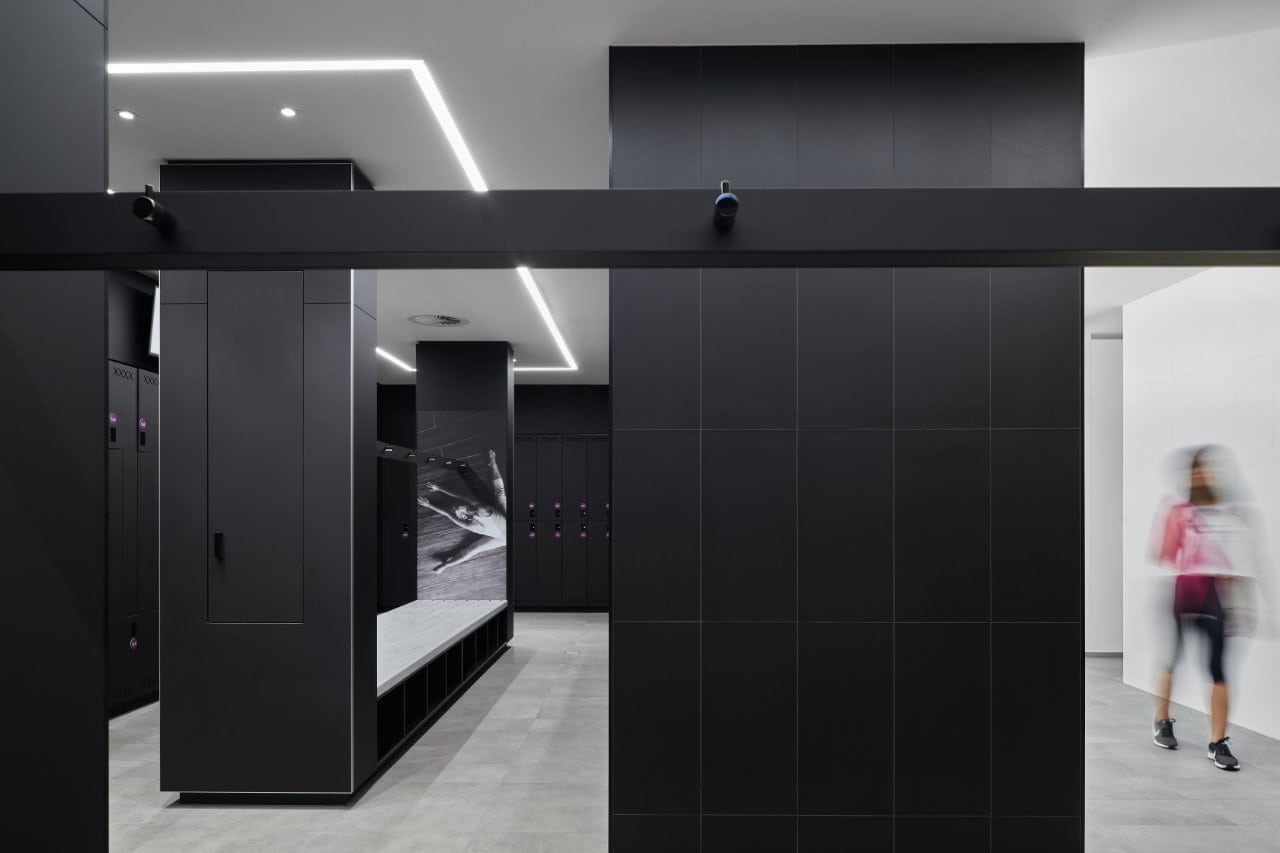
What WFH has done to the workplace
Hames Sharley surveyed all staff to investigate the impact of working from home and the lessons that could be translated back into the workplace. Surprisingly, 46% of respondents reported a positive impact in their connection to the organisation whilst working from home. Only 22% found remote working to have a negative impact on cultural connection whilst 32% felt there was little difference. The reasons were various; there was acknowledgement of overt informal meeting opportunities and great communication technology adoption during lockdowns. Frustrations of working from home included lack of printing facilities, fluctuating VPN connection speeds and the presence of children. In a statistic slightly at odds with the high positivity around organisational connection 43% reported that they missed the immediacy of physical team connection. Understandably, the combination of these statistics suggests that being left alone by others was seen positively whilst the inability to immediately communicate with others on demand was the frustration and this balance of accessibility and productivity between an individual and a team is an ongoing challenge throughout every organisation.
Positives that could be translated back to the workplace all fell under the banner of ‘choice’. This ranged from individual control of lighting, temperature, noise and humidity to the selection of vastly different work settings to support different activities. 43% of respondents suggested planting or outdoor space should be incorporated to a work environment whilst 35% requested informal lounge areas. A huge 64% reported focused work being easier at home and this translated to 30% requesting dedicated high focus spaces in the workplace. In a demographic overlay, there was no correlation between the ability to focus and having children at home where social commentary suggests otherwise, similarly there was no correlation between age and a positive or negative cultural connection to organisation.
The preferred way to work
The general lack of distraction, ability to move between alternative environments, access to nature and more structured communication have all come through as positive attributes of working from home. The survey statistics suggest that this choice and focus outweighed the irritation of not being able to immediately turn to adjacent colleagues and this is obviously the inverse of the positively rated limited distraction. Some of the survey commentary was in response to a previous poorly supported open plan environment and offers a counterpoint to the view of open plan working being great for communication and informal sharing of knowledge and ideas.
Open plan isn’t for everyone or for every task, it certainly isn’t a high focus environment and it can be deeply challenging for introverts. The survey data suggested that a far greater range of alternative work settings was preferred and this plays to the growing move towards agility-based Activity Based Working models where staff choose their work setting, location, who they might be near and in larger workplaces that can develop into areas of different humidity and temperature.
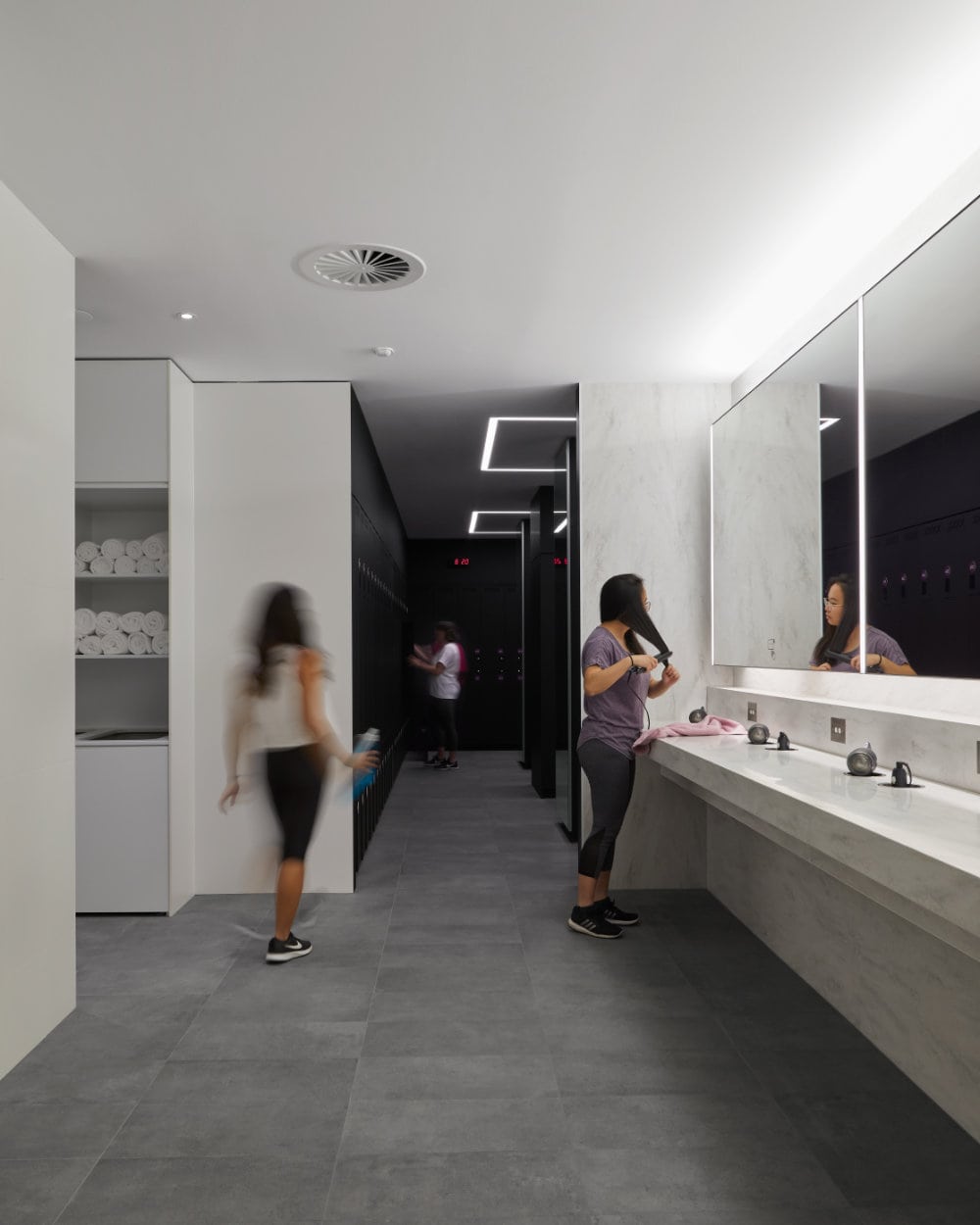
A blurring of boundaries
There was mixed feedback regarding delineation of work and family/social time. For some, respondents juggling both at home was a challenge with working time stretching and a feeling of not being able to escape tasks for a relaxing evening. There was feedback regarding wanting to not have to work at the family dining table. A repeated positive came from those with a home office or converted spare bedroom that for them was their place of work, entirely separate from their lounge, kitchen or garden and the ability to frequently move from one to the other was hugely appreciated. This feedback suggests that a workplace could have more than just alternative work settings but completely different environments with a high degree of separation between them to empower genuinely social relaxation time between periods of work through the day.
A new perspective
Overall choice and individual control of environment remained overarching themes. The research proved the need for spaces to support different tasks and different personalities, perhaps far more separate and different in terms of environment than they have ever been before, balancing focus and collaboration, increasing accessible outdoor space and plants, lots of plants.
